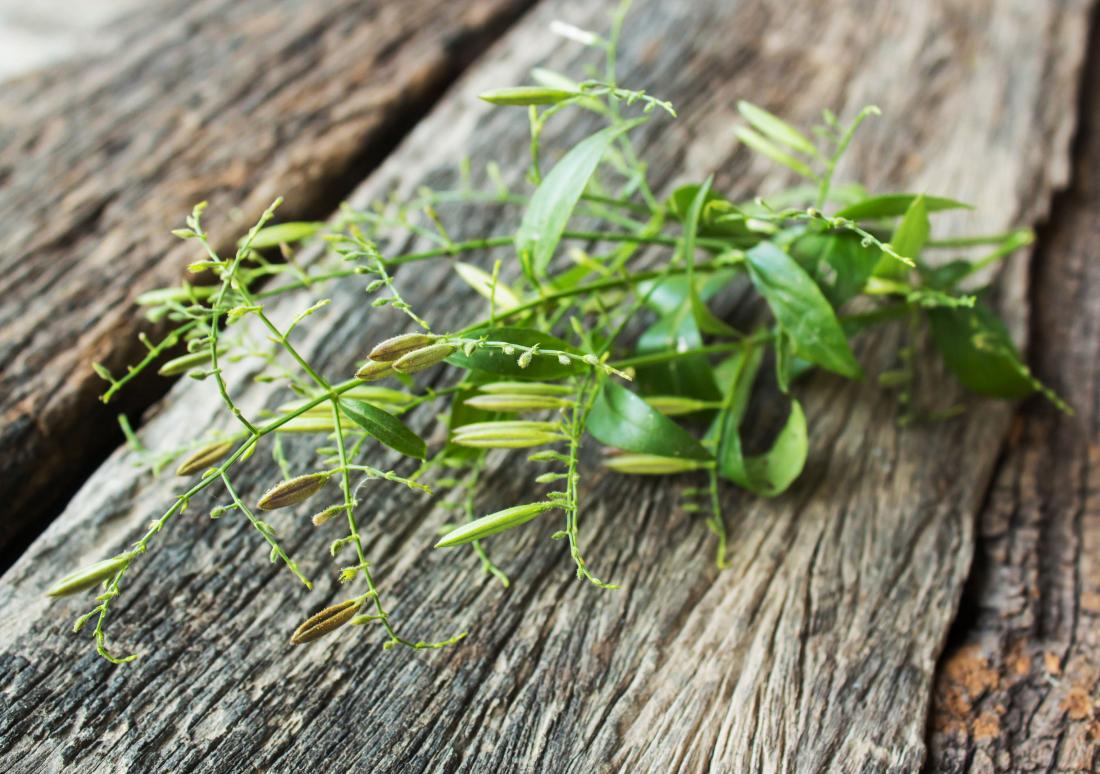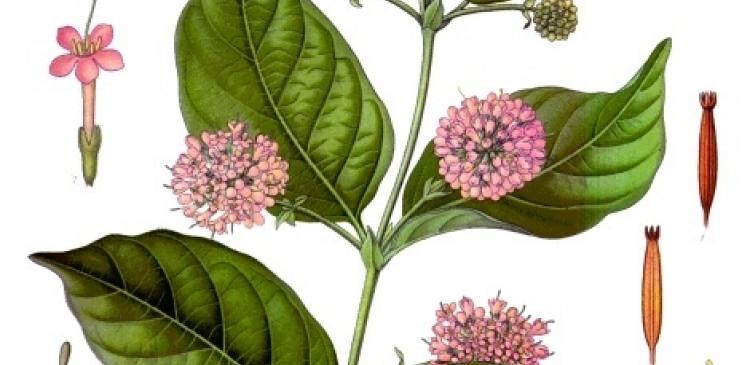Andrographis paniculata is used for hypertension and diabetes.
The value of traditional medicinal plants consumed by an ethnic community in Malaysia each year is substantial: about RM32,300 (US$7,600), according to a team of researchers from Universiti Malaysia Sarawak. “This figure is quite significant and reflects the importance of the resources provided by the estimated 1,400 hectares of forested areas in the Jagoi community forest,” says Gabriel Tonga Noweg, a forest researcher who spearheaded the study.
Traditional medicine is an important part of the cultural heritage of Malaysia’s native Bidayuh community in the Jagoi Bau district. To help preserve that heritage and the surrounding forest, Noweg and a colleague set out to determine the economic value of the area’s medicinal plants. They surveyed 1,104 households in the Bidayuh community about the plants’ purposes and frequency of use. Of the 117 plant species documented, 60 species are medicinal, and nearly 30 species are edible.
The three most common medicinal plants are Alpinia galangal, Andrographis paniculata and Uncaria gambier, which are used for fever and skin diseases, hypertension and diabetes, and cuts and pain relief respectively. Others are used for various purposes ranging from insect repellent to religious practice. Some plants have more than one application, such as treating skin disease as well as reducing flatulence after childbirth.
The team’s analysis revealed that elderly residents used and spent more on medicinal plants than young residents did. They also found that people following native religions consumed traditional remedies more than Christians, indicating that religion is another factor driving their use. Household income did not influence the decision to buy or use medicinal plants.
This is contrary to the view that poorer households prefer plants because they are cheaper than modern medicines. The team hopes that establishing a baseline for the economic value of medicinal plants will help protect the nearby forest as a community heritage site with a management plan that balances extraction with conservation.
Further information
Professor Dr Gabriel Tonga Noweg
E-mail: [email protected]
Institute of Biodiversity and Environmental Conservation
Universiti Malaysia Sarawak
---------------------------------------------------------------
Asia Research News is our annual magazine to highlight exciting research studies from our partners. 25,000 copies are printed and distributed to key figures in research. Download a PDF copy from the link below or contact us if you would like print copies.




